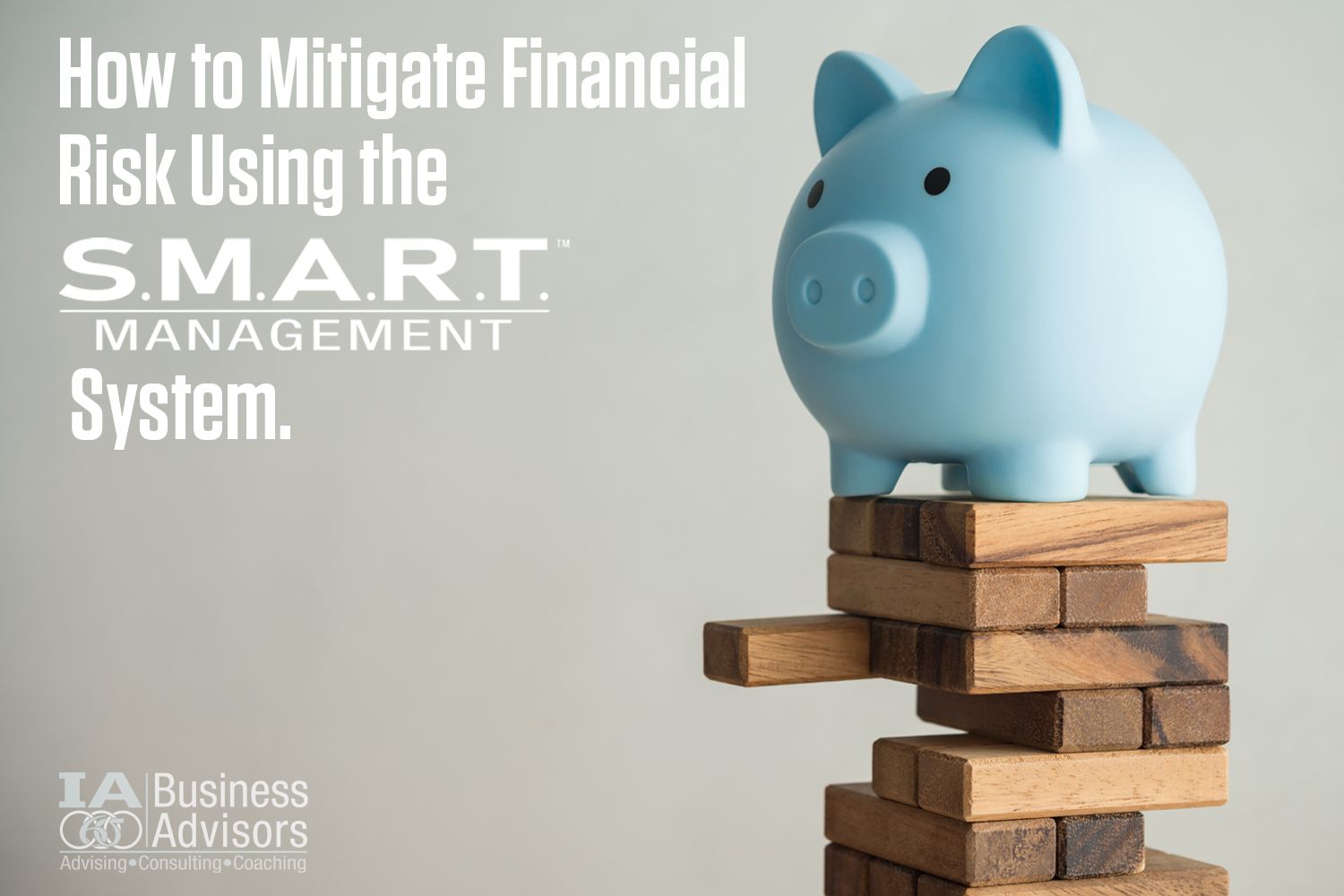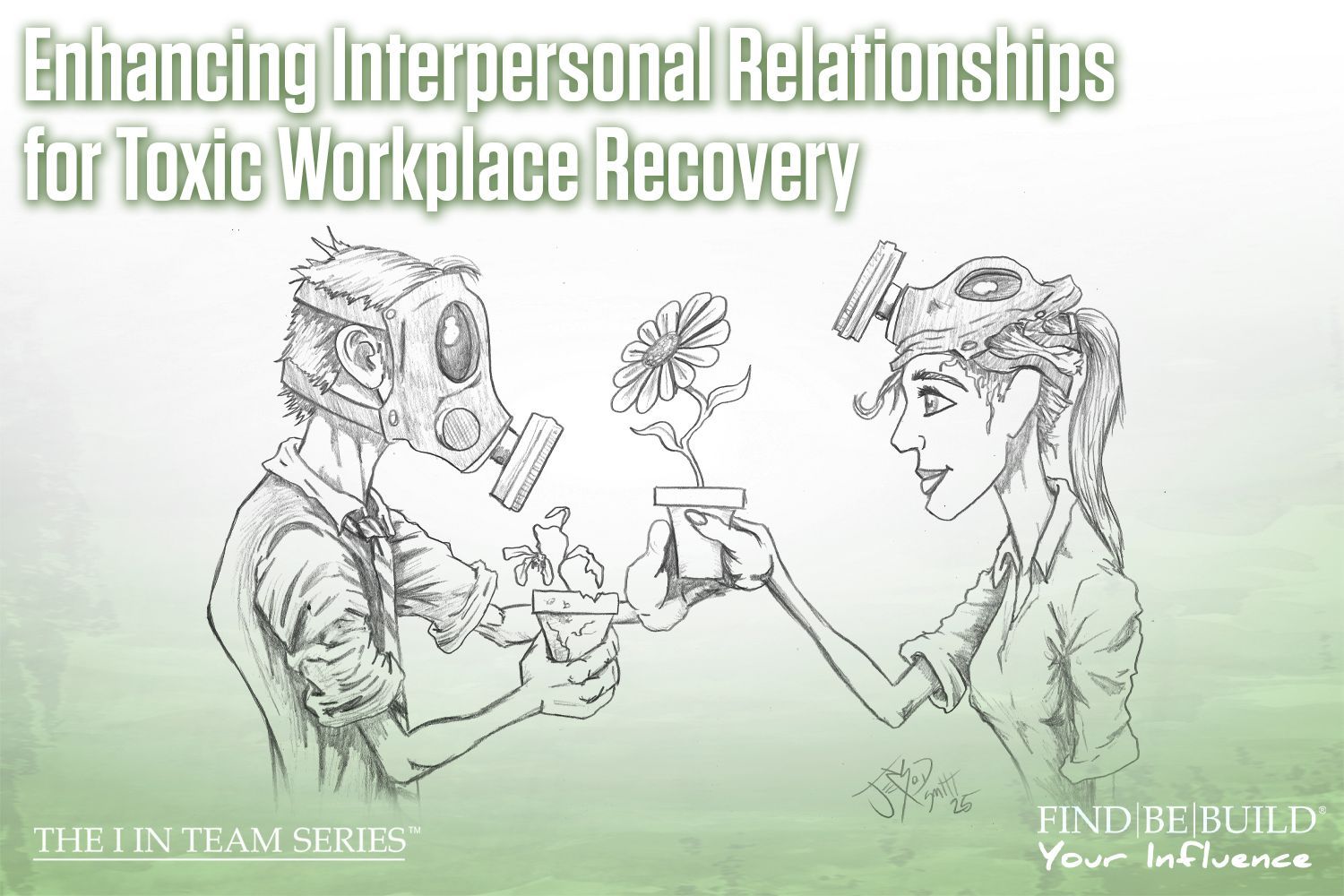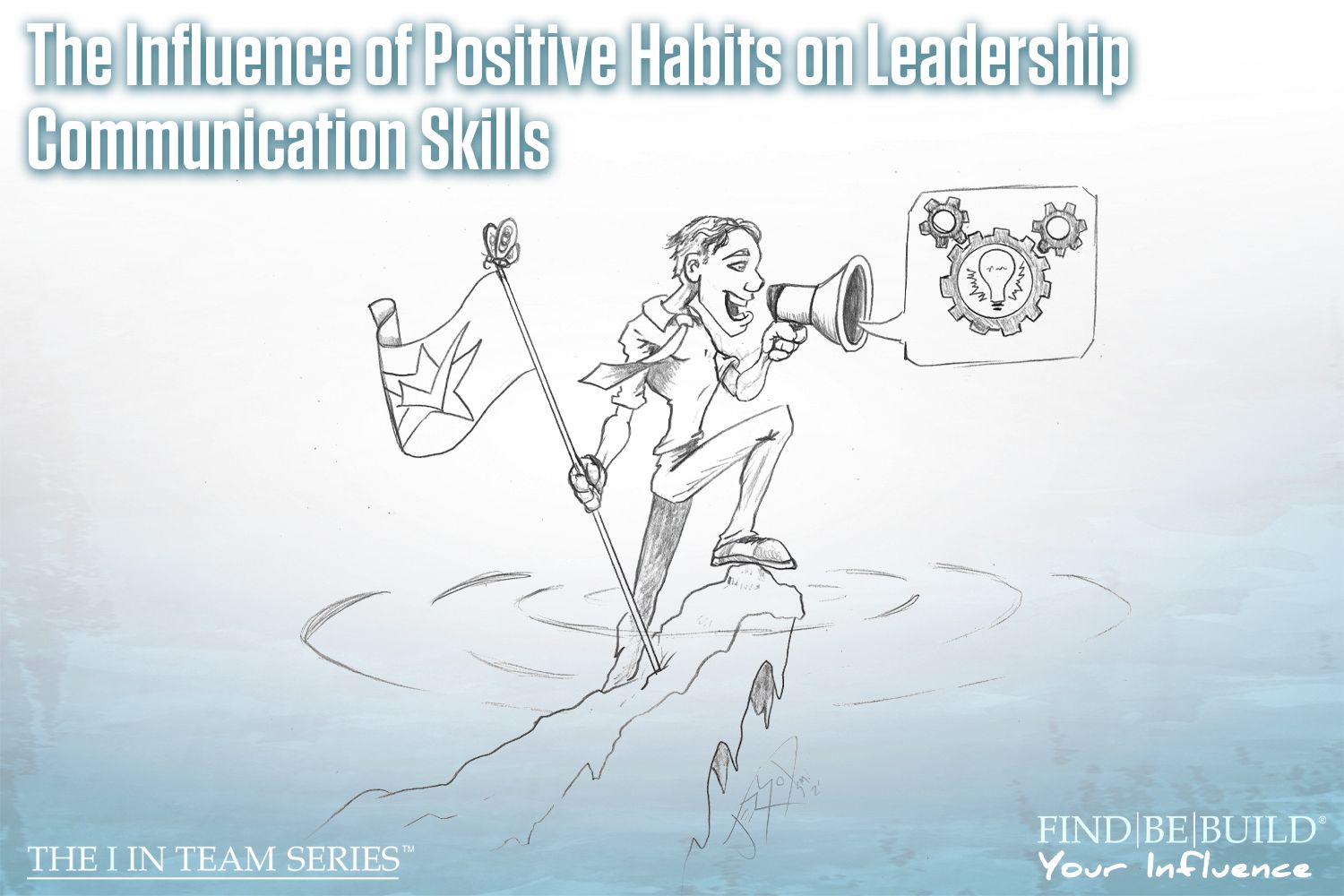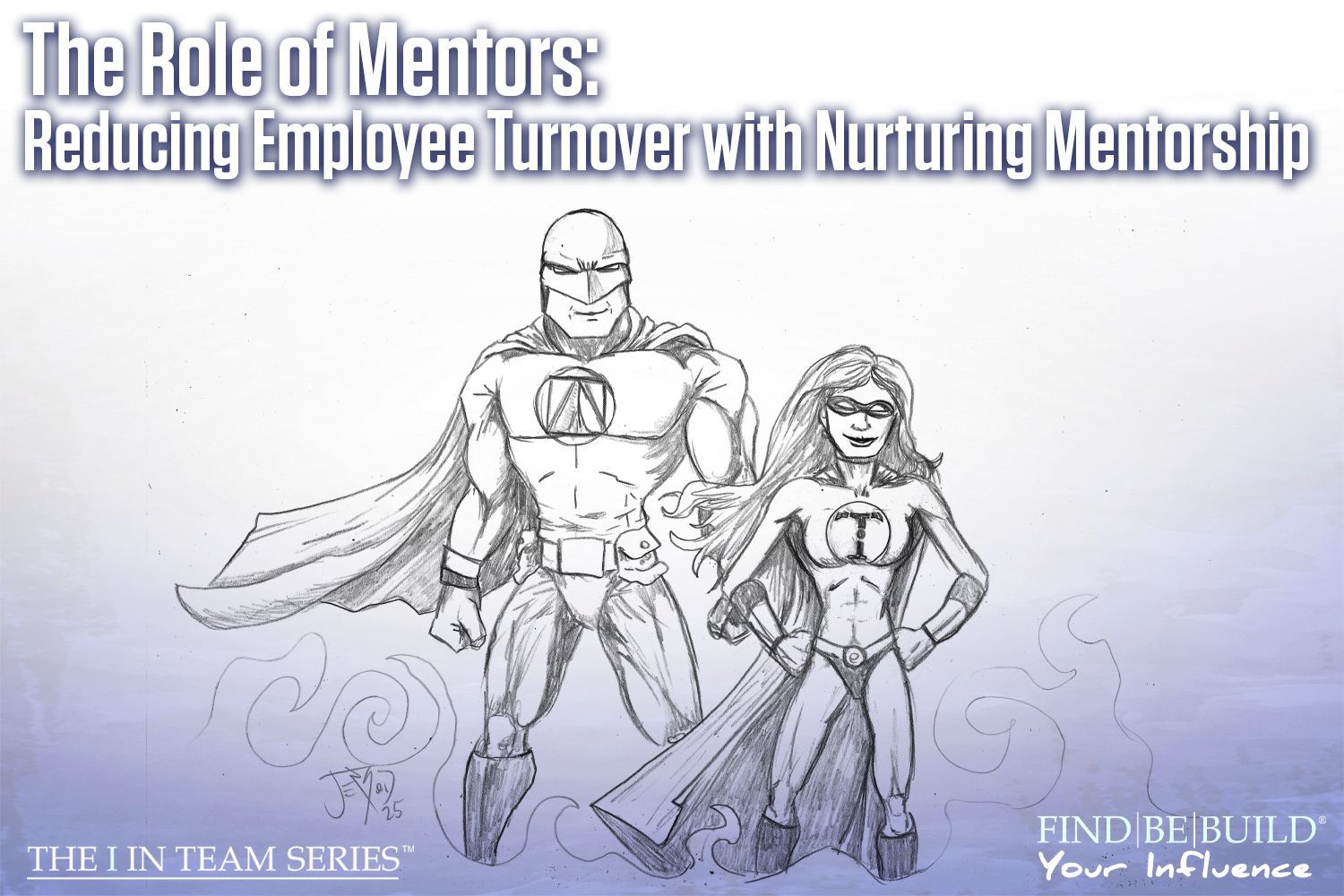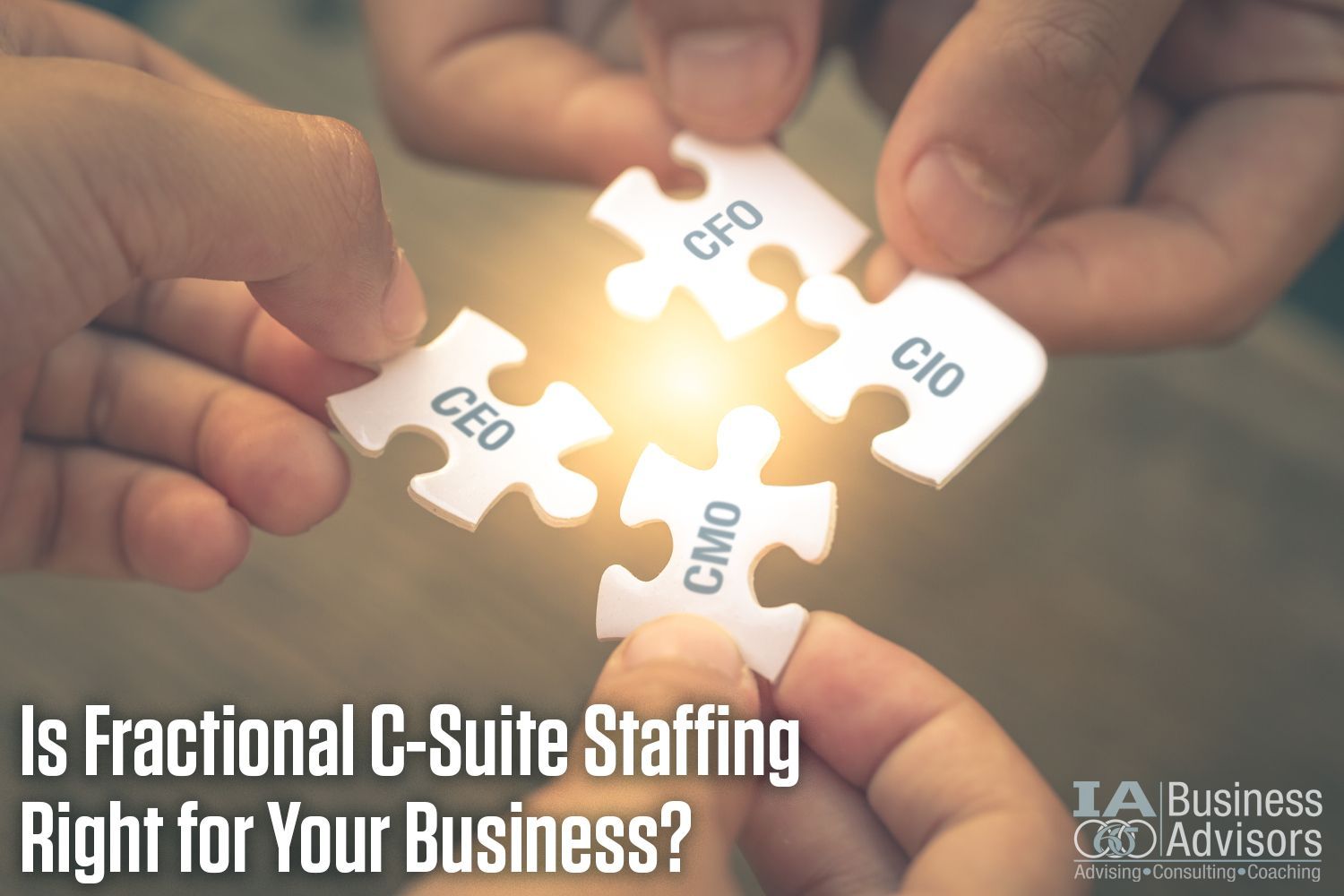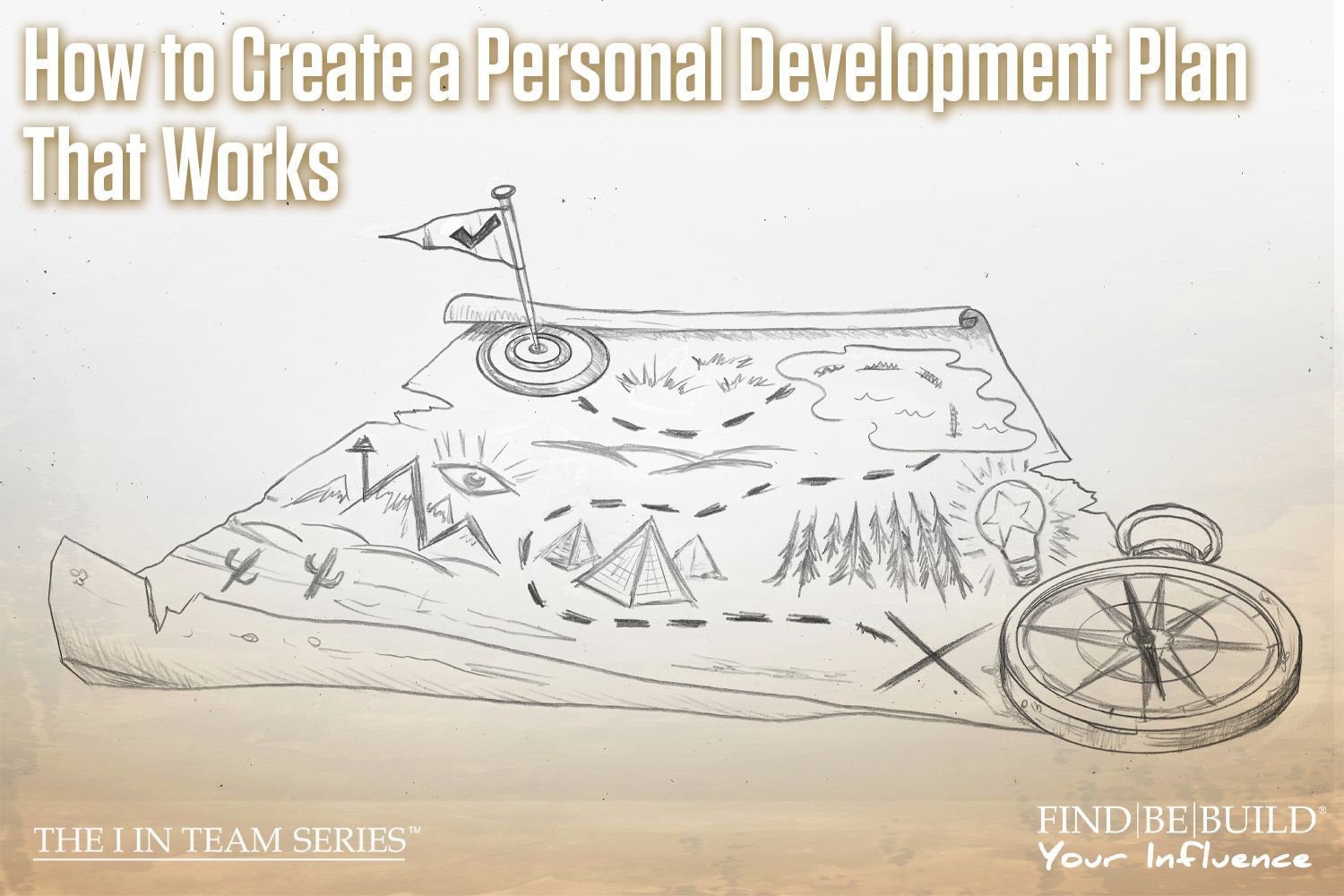5 Easy Steps to Create the Ultimate Customer Experience

Business consulting strategies
Written by: Brian Smith
As a business owner you have analyzed your target market and have maximized your marketing throughout 2017. Your marketing plan was carefully lined out and set up to the “T.” Your business created the perfect catchy jingle, an amusing TV spot, or even several well-placed ads. Perhaps you set your business up at the altar of mass reach, utilizing GRPs, CPMs, and other metrics to deliver the most messages at the least cost. Meanwhile, you idly watch your return on investment and slowly begin to realize that perhaps being flashy, sexy, or loud did not equate to the ideal ROI. You realize that the approaches that have served you well in the past did not create the engagement you were looking for.
We have all heard, and even more have felt the shift. It is this very shift that has changed the retail environment that marketing strategies have relied upon. The digital technology shift has transformed the marketing environment for business quickly over the last five years. More importantly, it has transformed the consumer entirely. According to the 2016 Consumer Shoppers Report, “70% of consumers say technology has made it easier than ever to take their business elsewhere.” The four P’s of marketing (price, product, place, and promotion) have all but been eliminated with the consumer in the driver seat. Consumers of today are armed with a smart phone and have the world’s largest shopping mall in their hand. The dawn of the customer experience is now at hand.
The customer experience, quite simply, is a term that captures the interaction between businesses and their customers. Sounds simple enough, yet many businesses are struggling to pull together a compelling experience. Consumers expect a consistent experience wherever they engage (e.g., website , social media , mobile, in person) and when that experience has not been met they will go elsewhere. Transitioning into a customer experience company requires your business to focus not only on customer service, it requires businesses to consider every touchpoint of the consumer interaction. Businesses of today look beyond the marketing strategies of the past and maximize their opportunities within the customer experience.
Here are 5 Easy Steps to Create the Ultimate Customer Experience:
REALIZE
Your business begins to realize the importance of becoming consumer-driven and focused. Everyday innovative brands are redefining how they engage with today’s consumer; whether it’s personalizing every path-to-purchase, creating a seamless journey across all channels of engagement, or providing faster, more convenient customer service. Get your creative juices flowing and develop a business strategy that creates a smooth customer experience from start to finish.
MARKET
Create a marketing advantage over the four P’s. Consumers can deftly perform product comparisons, including price checks, without the aid of an associate. They have a wealth of channels to choose from and they know when and where to hit the “buy” button. Understand that the customer experience needs to build value within your brand. Businesses who put forth an effort to personalize communications with their customers and anticipate their needs build value.
ACTION
Once your business leadership has created their personal customer experience they need to implement and share that vision throughout the company or team. Leadership needs to train, implement, and follow-through with their employees and departments. Every touchpoint throughout the company needs to become consumer-driven to create the ultimate customer experience.
EMOTION
Part of the customer experience engages consumers and encourages them to participate in the evolution of a brand experience. Business leaders need to let go of past strategies that push their vision. Today’s leaders look to pull consumers in with marketing that taps the core of being human; it makes consumers stop, take notice, and participate. Rather than looking at consumers as passive receivers of messages, experiential marketers believe that consumers should be actively involved in the production and co-creation of marketing programs.
ACCOUNTABILITY
Leadership needs to follow-through with the customer experience and develop a system to handle feedback from the customer. It is the finishing touch to the customer experience and builds relationships with their consumers. Leadership welcomes feedback from their customers. They have a plan to address and improve based on their consumer’s experiences.
Leaders today need to understand the shift of the empowered consumer and embrace the new opportunity to create experiences. In the digital age where consumers are plugged in, it is vital for leaders to reach out and actively develop relationships between consumers and their brand. Furthermore, the business climate of today requires touchpoints from start to finish be polished and flawless in their execution. Get those creative juices flowing and begin planning your business’s ultimate customer experience.
© Individual Advantages, LLC 2017
The post 5 Easy Steps to Create the Ultimate Customer Experience appeared first on IA Business Advisors.

